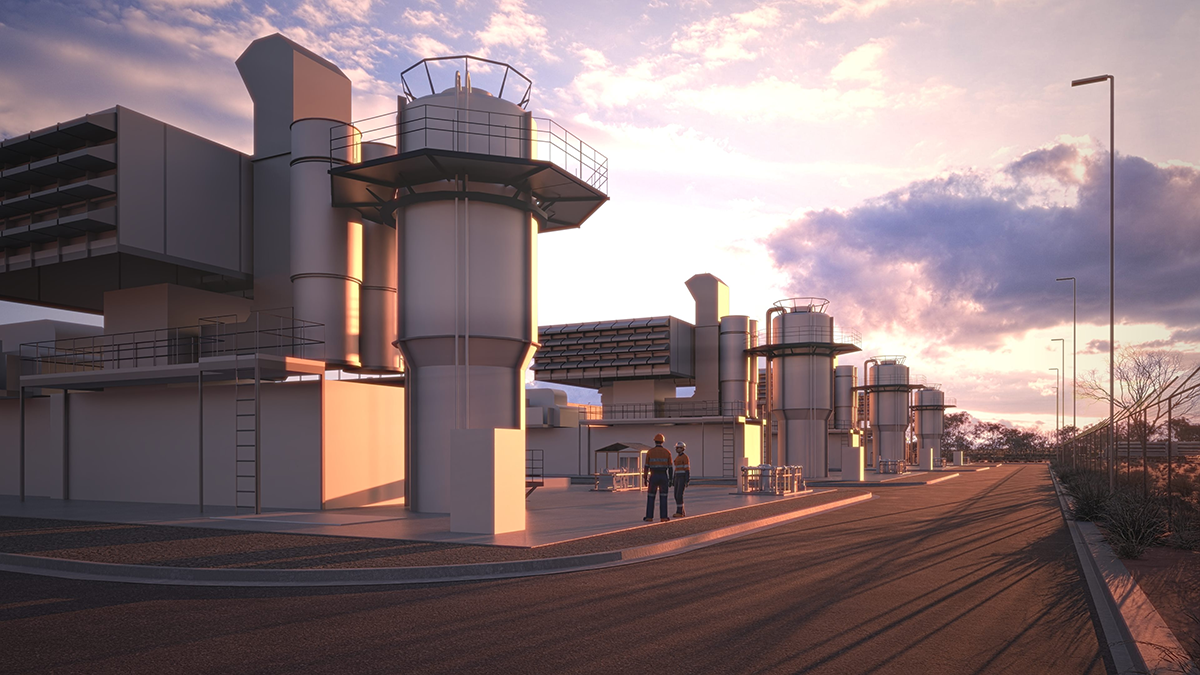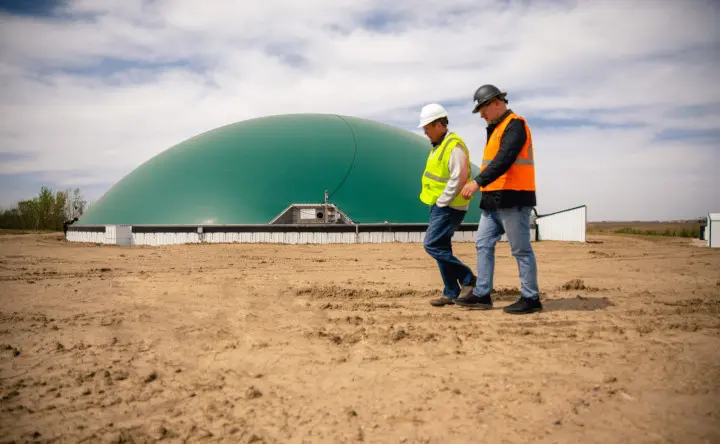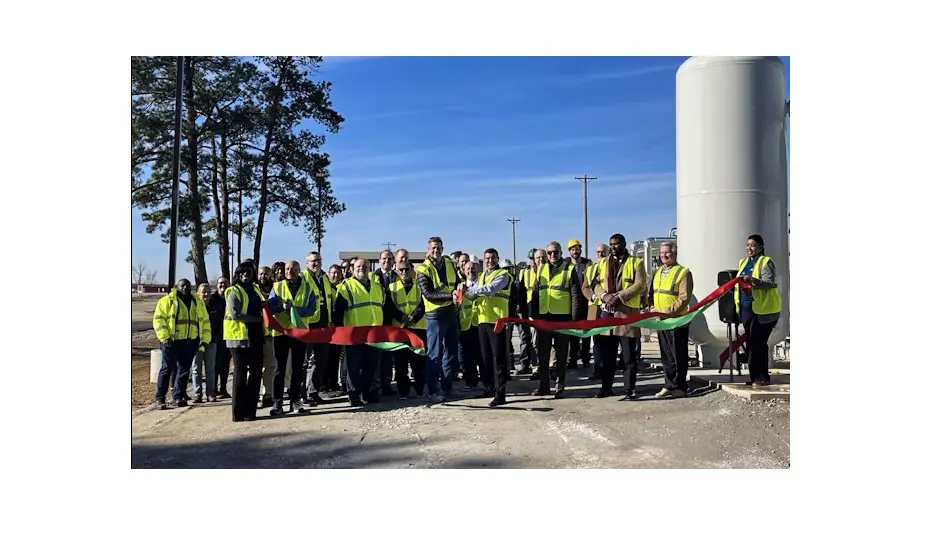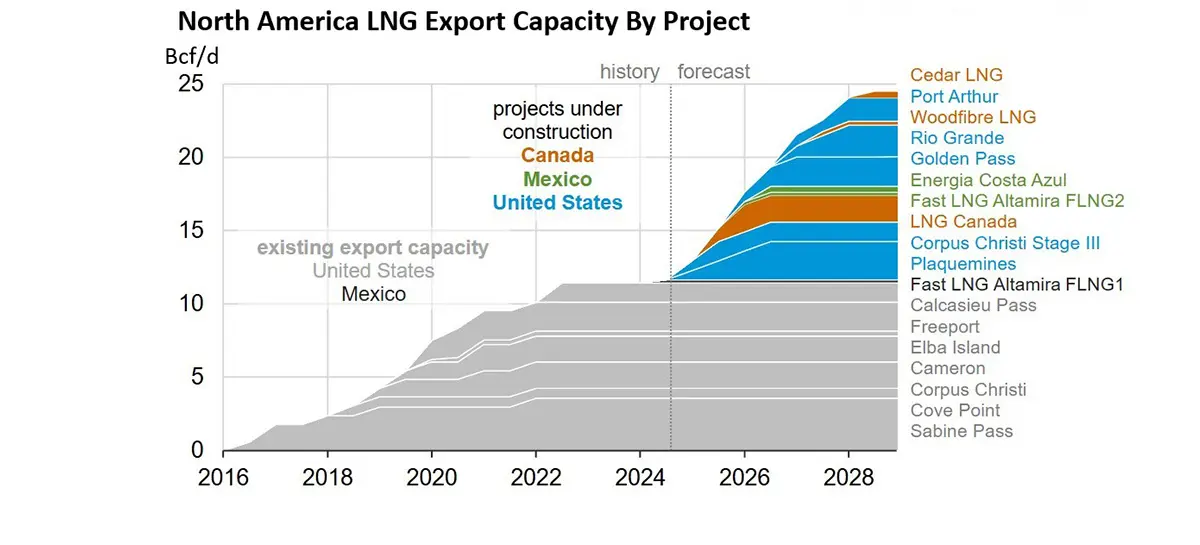
Boston Dynamics, Toyota Research Institute Join Forces To Advance Robotics Research


(Image courtesy of Toyota)
Boston Dynamics and Toyota Research Institute (TRI) will join forces to accelerate the development of artificial intelligence (AI) and general-purpose humanoid robots utilizing TRI’s large behavior models and Boston Dynamics’ Atlas Robot. “There has never been a more exciting time for the robotics industry, and we look forward to working with TRI to accelerate the development of general-purpose humanoids,” said Robert Playter, chief executive officer of Boston Dynamics. “This partnership is an example of two companies with a strong research-and-development foundation coming together to work on many complex challenges and build useful robots that solve real-world problems.”

“Recent advances in AI and machine learning hold tremendous potential for advancing physical intelligence,” said Gill Pratt, chief scientist for Toyota and CEO of TRI. “The opportunity to implement TRI’s state-of-the-art AI technology on Boston Dynamics’ hardware is game-changing for each of our organizations as we work to amplify people and improve quality of life.”
Boston Dynamics has created advances in humanoids, from extreme mobility to bimanual manipulation. The latest generation of Atlas is the result of years of hardware/software co-design aimed at building the most capable humanoid platform, both in terms of physical capability and software interfaces for authoring whole-body behaviors. According to Boston Dynamics, this makes Atlas an ideal platform for advancing the science of AI-based manipulation skills.
 TRI is advancing large behavior models (LBMs) for robotics, including groundbreaking work on diffusion policy, which pioneered the successful application of generative AI to advance dexterous manipulation capabilities in robotics. TRI has also helped develop open-source robot AI models and datasets. Leveraging additional strength in computer vision and large-language model training, TRI’s work on LBMs aims to achieve multi-task, vision-and-language-conditioned foundation models for dexterous manipulation.
TRI is advancing large behavior models (LBMs) for robotics, including groundbreaking work on diffusion policy, which pioneered the successful application of generative AI to advance dexterous manipulation capabilities in robotics. TRI has also helped develop open-source robot AI models and datasets. Leveraging additional strength in computer vision and large-language model training, TRI’s work on LBMs aims to achieve multi-task, vision-and-language-conditioned foundation models for dexterous manipulation.

(Image courtesy of Toyota)

(Image courtesy of Toyota)
Scott Kuindersma, senior director of robotics research at Boston Dynamics, and Russ Tedrake, vice president of robotics research at Toyota Research Institute, will co-lead the Boston-based research partnership. The project is designed to leverage the strengths and expertise of each partner equally. The physical capabilities of the new electric Atlas robot, coupled with the ability to programmatically command and teleoperate a broad range of whole-body bimanual manipulation behaviors, will allow research teams to deploy the robot across a range of tasks and collect data on its performance. This data will, in turn, be used to support the training of advanced LBMs, utilizing hardware and simulation evaluation to demonstrate that large, pre-trained models can enable the rapid acquisition of new robust, dexterous, whole-body skills. The joint team will also conduct research to answer fundamental training questions for humanoid robots, the ability of research models to leverage whole-body sensing, and understanding human-robot interaction and safety/assurance cases to support these new capabilities.









